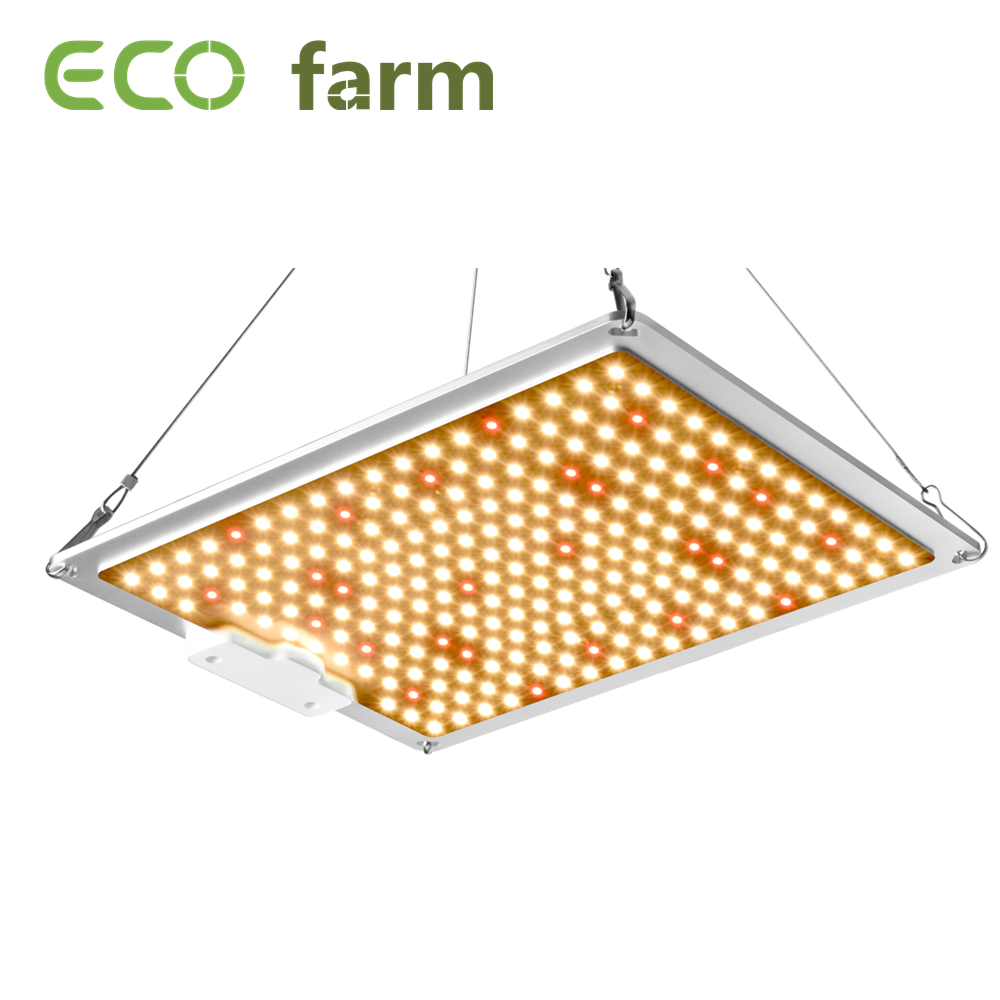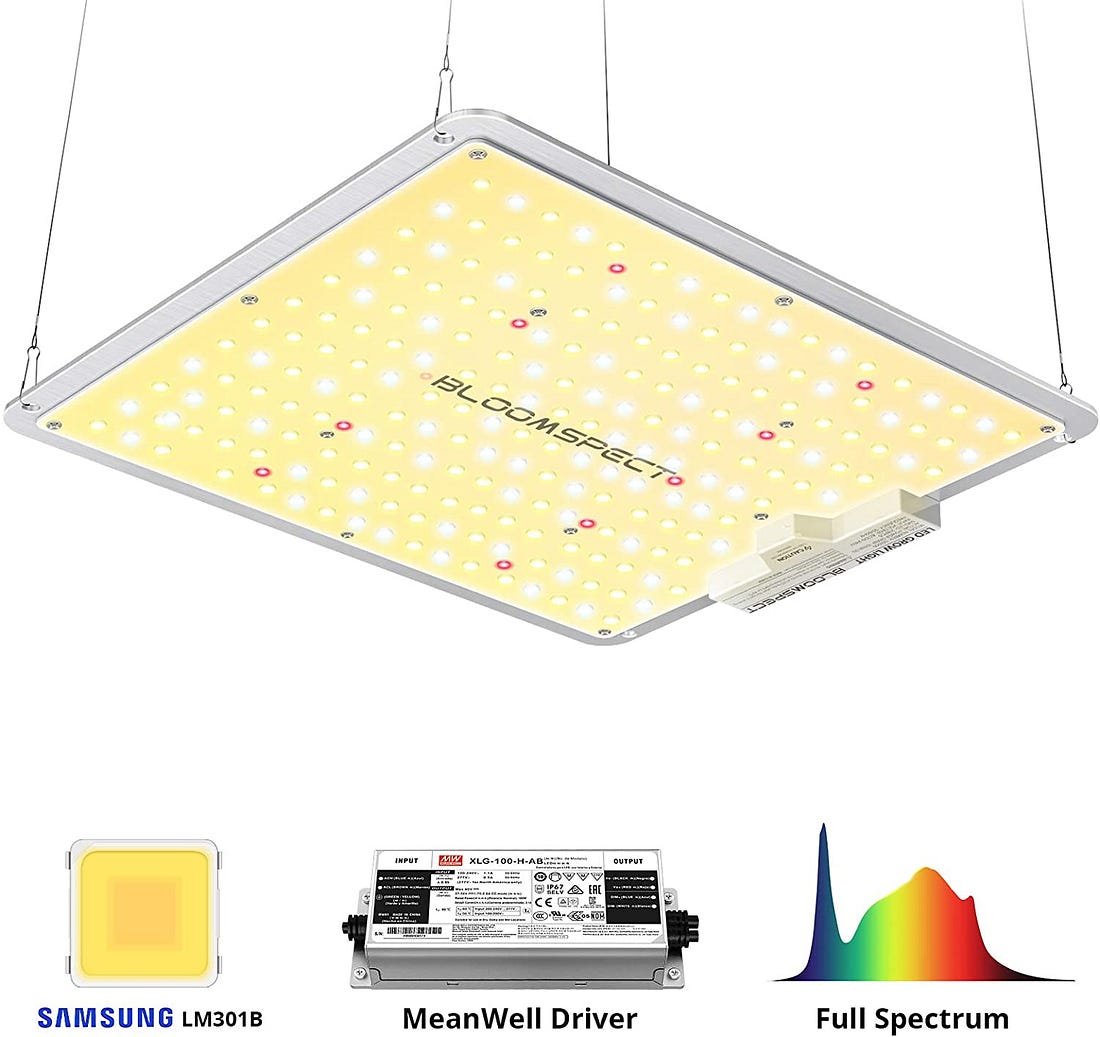- Home
- SHOP ECO FARM
-
TOP BRANDS
-
Grow Lights Brands
- Adjust-A-Wing
- Apollo Horticulture
- Bestva
- Black Dog LED
- California Lightworks
- ChilLED Grow Light
- Eco Farm
- HLG - Horticulture Lighting Group
- Kingled
- Kind LED
- Mars Hydro
- Morsen
- Neilo
- NextLight
- Phlizon
- PlatinumLed
- Roleadro
- Optic LED Grow Lights
- ViparSpectra
- Vivosun
- EYE Hortilux
- IPOWER
- NanoLux
- Phantom grow light
- Gavita grow lights
- Grower's Choice
- Lumatek
- Maxibright
- Yearld Pro
- ThinkGrow
- Crecer Lighting
- Green Sunshine Electric Sky
- fohse aries
- loriflux
- luxx
- fluence
- iluminar
- Lex
- LTC
- Rayonled
- FGI
- PHOTONTEK
- Grow Tents & Kits Brands
- Extraction & Harvest Brands
- Climate Control & Hydroponic Brands
-
Grow Lights Brands
- COMPANY INFO
- COOPERATE WITH US
- Blog
- Sign in
- Home
-
SHOP ECO FARM
- ECO Farm Grow Lights
- ECO Farm LED Grow Lights
- ECO Farm Quantum Board
- ECO Farm Samsung LED Grow Lights
- ECO Farm COB Grow Lights
- ECO Farm Commercial Lights
- ECO Farm Supplemental Grow Light
- ECO Farm Fluorescent grow lights
- ECO Farm HPS & MH Grow Lights
- ECO Farm CMH Grow Lights
- ECO Farm HID/CMH Bulbs & Ballasts
- ECO Farm Grow Tents & Kits
- ECO Farm 2x2ft Grow Kits
- ECO Farm 3x3ft Grow Kits
- ECO Farm 3.3x3.3ft Grow Kits
- ECO Farm 4x4ft Grow Kits
- ECO Farm 5x5ft Grow Kits
- ECO Farm Grow Tent - Standard Style
- ECO Farm Grow Tent - Extension & Roof & Lodge Style
- ECO Farm Extraction & Harvest
- ECO Farm Rosin Press Machine
- ECO Farm Dry & Wet Trimmers
- ECO Farm Oil Accessories
- ECO Farm Medicinal Plants Grinder
- ECO Farm Medicinal Plants Containers
- ECO Farm Medicinal Plants Dryer
- ECO Farm Refrigeration Dryer
- ECO Farm Climate Control & Other Accessories
- ECO Farm Inline Duct Fans
- ECO Farm Oscillating Fans
- ECO Farm Exhaust Fans
- ECO Farm Air Filter
- ECO Farm Duct Muffler
- ECO Farm Ventilation Kits
- ECO Farm Plant Humidifiers
- ECO Farm Plant Dehumidifiers
- ECO Farm Hydroponic Accessories
- ECO Farm Other Accessories
- ECO Farm Hydroponics Microscopes
-
TOP BRANDS
- Grow Lights Brands
- Adjust-A-Wing
- Apollo Horticulture
- Bestva
- Black Dog LED
- California Lightworks
- ChilLED Grow Light
- Eco Farm
- HLG - Horticulture Lighting Group
- Kingled
- Kind LED
- Mars Hydro
- Morsen
- Neilo
- NextLight
- Phlizon
- PlatinumLed
- Roleadro
- Optic LED Grow Lights
- ViparSpectra
- Vivosun
- EYE Hortilux
- IPOWER
- NanoLux
- Phantom grow light
- Gavita grow lights
- Grower's Choice
- Lumatek
- Maxibright
- Yearld Pro
- ThinkGrow
- Crecer Lighting
- Green Sunshine Electric Sky
- fohse aries
- loriflux
- luxx
- fluence
- iluminar
- Lex
- LTC
- Rayonled
- FGI
- PHOTONTEK
- Grow Tents & Kits Brands
- Apollo Horticulture
- Black Box
- CoolGrows
- Eco Farm
- GrowLab
- Gorilla Grow Tents
- Mars Hydro
- Quictent
- Secret Jardin
- Unit Farm
- TopoGrow
- VIVOSUN
- Topolite
-
COMPANY INFO
-
COOPERATE WITH US
- Blog
BLOOMSPECT SS1000 LED Grow Light VS ECO Farm 100W Quantum Board
January 13, 2022
Just because the days are shorter in winter doesn’t mean that the growing season has to be over and done! Greens and some herbs will flourish indoors, under grow lights. Here’s what to consider when choosing indoor grow lights.
Grow Light Uses
Keeping plants alive and helping them flourish can be hard as is, but growing things indoors is even trickier, especially during winter when light levels are reduced even further.
When there is insufficient light, the grow light can supplement light to plants and promote the progress of plant photosynthesis. The grow light is very important for the seeding, growing, flowering and fruiting of plants.
There are 4 main uses for grow light: seedlings, propagation, growing food, and limited light.
Seedlings: Grow lights can be used to assist with the propagation of indoor plants from seedlings since seedlings need enough light and warm temperature to grow healthy.
Propagation: If you love propagating plants to give as gifts or as a side hustle, you must have grow lights to properly propagate your indoor plants.
Growing Food: Of course, if you have an indoor garden of greens and herbs, you definitely need grow lights for them to grow correctly.
Limited Light: Grow light can help indoor plants to grow healthy and strong, especially during the colder months. Grow lights can also be used as artificial lighting for rooms with limited light or no sunlight.
By providing the specific color spectrum needs for the plants, grow lights can not only promote the plants’ growth, prolong the flowering period, intensify flower color, but also can increase crop production efficiency, yield in advance, and enhance quality and taste.
ECO Farm 100W Quantum Board With Samsung LM281B Chips+IR 730nm LED Grow Light

Features:
This ECO Farm LED grow light spectrum is tailored by 3500K warm white, 5000K neutral white, a few 660nm deep red, and 730nm to optimize plant growth in indoor/greenhouse environments from seeds to harvest. (germination, clones or cuttings, mothers, vegetative, and flowering applications). It’s ideal for a 2.5 x 2.5ft vegetative area or a 2x 2ft flowering area. With a handy remote control adjusting 0%-100% brightness to access the power to scale from vegetative growth to higher light intensities in flowering, it is designed for both individual and business indoor growers to seek higher yields of top-shelf quality. The grow light offers a truly high efficacy rating, only pulls an actual 100 watts from the wall, can achieve better or comparable results than 200 watts HID with 50% less heat and power consumption.
BLOOMSPECT SS1000 LED Grow Light

Features:
BLOOMSPECT SS1000 grow lights adopt the Samsung LM301B LEDs diodes, high efficiency up to 2.7 umol/J, providing powerful light output and enhancing canopy penetration to resulting in higher yielding footprint. It’s perfect for 2.5x2.5 ft veg coverage and 2x2 ft flowering coverage. Full-cycle spectrum, contains white light 3000K and 5000K, red light 660nm and IR 730nm optimized plants growth at every stage of its development, from seeds to harvest. The SS1000 lighting offering higher PPFD and uniform PAR output to maximize crop yields, while consuming only 100W compared to traditional 250W HPS/MH, more energy-efficient.
Factors to Consider When Purchasing LED Grow Lights
So, now that you know what LED grow lights are and the benefits they provide, it’s easy to see why so many indoor plants cultivators opt to use them. If you’ve decided that you would like to use them for your setup, too, you’re going to want to make sure that you select the highest quality lights.
Finding LED grow lights isn’t a problem, as there are so many different options to choose; what is hard is trying to weed through all of the different options and decide which one will best suit your particular needs. So, how do you do that? By taking some key factors into consideration before you make your final selection.
Here’s a look at some of the most important factors to consider that will help you choose the right LED grow lights for beautiful, abundant, sticky, aromatic, and potent plants.
Heat output. One of the most important factors to consider is the heat output of the lights. If the location you’re going to be growing in is tight on space and the light runs hot, you could end up killing the plants.
PAR values. All plants — including plants — use a particular light range that is known as Photosyntehtically Active Radiation (PAR) for photosynthesis. The PAR values of the lamps involve the electromagnetic wavelengths that range from 400 and 700 nanometers. LED grow lights generate a great deal of light at different wavelengths, and the plants may not absorb all of those wavelengths, and they’ll reflect the light that they don’t use. In short, PAR refers to the amount of light that the LED lamps produce that the plants can use. The PAR value of an LED grow light indicates the effectivity of the lamps. The amount of micromoles of light per square meter per second is used to measure the PAR value. The higher the intensity of the PAR value, the more effective the grow light will be.
The shape of the lights. You’ll also want to consider the shape of the lights. LED grow lights come in a variety of shapes, including bulbs, panels, bars, and saucers. Different styles are better for different needs, so make sure you do some research before you make your decision to determine which shape would be the most suitable for your grow space.
The number of lights. Typically, plants homegrowers need just one or two lights, as in most states, the amount you’re legally permitted to grow is between 6 and 12 plants, and one or two lights should do the job for that amount. If you intend on growing more plants, however, you may need more LED lights, as you want to make sure that all of your buds receive the light they need to thrive. Likewise, if you provide your plants with too much light, you’ll end up doing them more harm than good.
Programmability. Some LED grow lights are programmable, a feature that can come in really handy, as you can just set it and forget it; however, that doesn’t mean that programmable lights are for everyone. Before you start shopping, make sure you decide whether or not programmable LED lights would work best for you.
The price. Last but certainly not least, you’re going to want to consider the price of the lamps. The price of LED grow lights can vary significantly, so make sure that you set a budget before you start shopping so you can avoid spending more than you can comfortably afford.
Conclusion
Here you have the best grow lights for your greenhouse that you can choose to make your plants flourish and be productive.
These grow lights are carefully selected because of the features and the rate at which they shorten plants’ growing circle and make them bloom.
Happy growing!
Also in Indoor Grow LED Grow Light
HLG Greenhouse Pro HE HV 630W LED Grow Light VS Geeklight grow light 480W hydroponic led grow light
October 20, 2023
